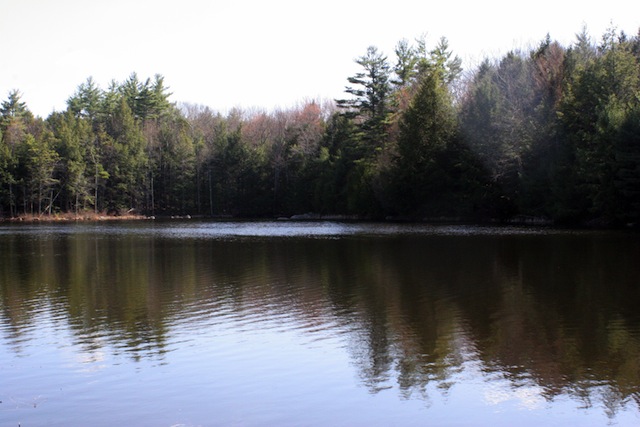
On an unseasonably balmy 80 degree day last week, my friends Caroline, Greg, and I headed to Pawtuckaway State Park to do some campfire cooking.

Unfortunately, things did not work out as planned. It turns out the campground/campfire area doesn’t open until later in the season. What to do? We had all the fixings for banana boats, plus all sorts of other snacks to cook up.
Luckily, we had our handy dandy Trek Light Gear hammocks, some Overall Jorts, and a thirst for adventure!

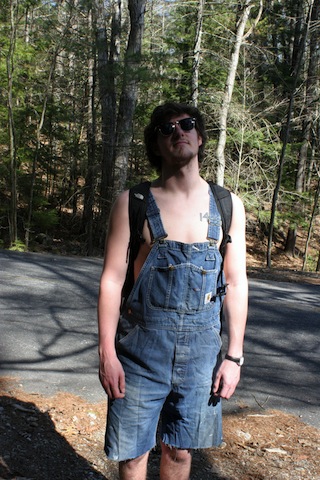

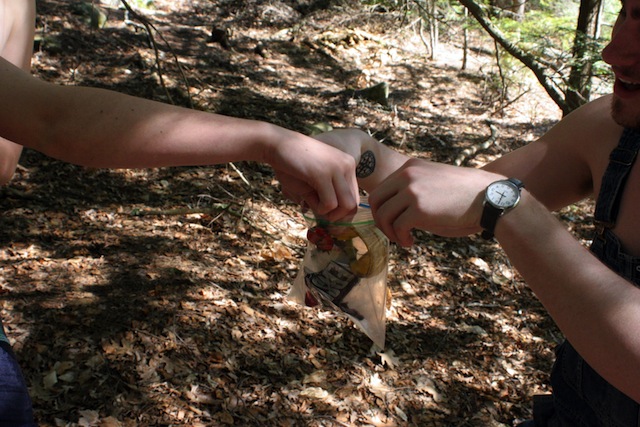
With the weather so warm, we decided that we could make our own smores with some good old fashioned solar power.


It sort of worked. Kind of. In a way.
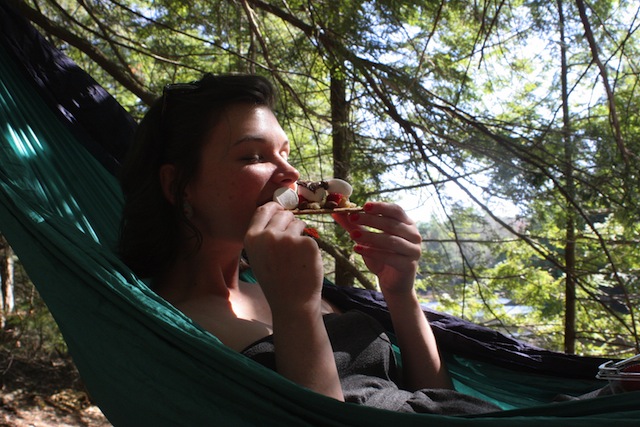
Okay, it didn’t really work. It was still delicious!
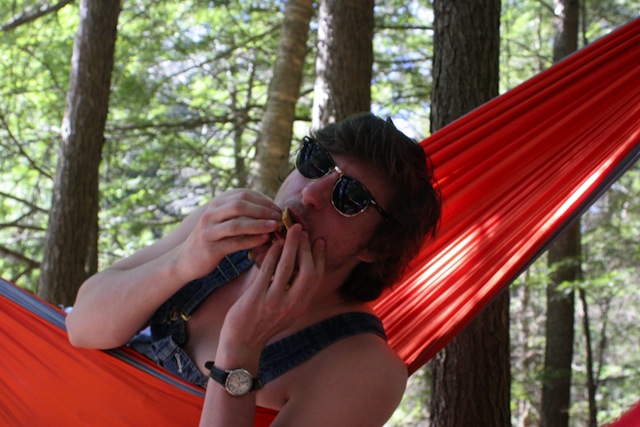
So what do you do with a bunch of snacks and too much time on your hands in a State Park? You get creative!
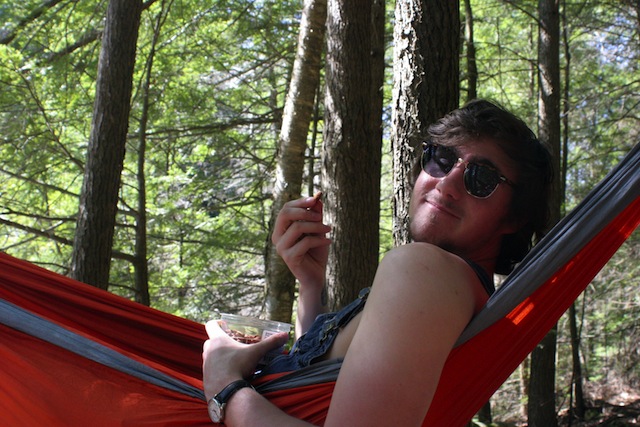
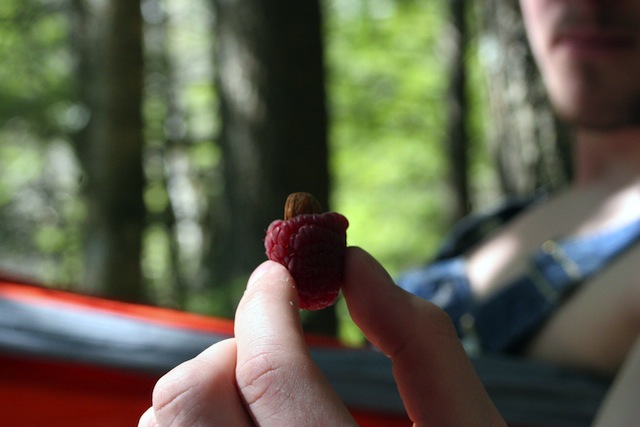
Raspberry almond sandwiches!
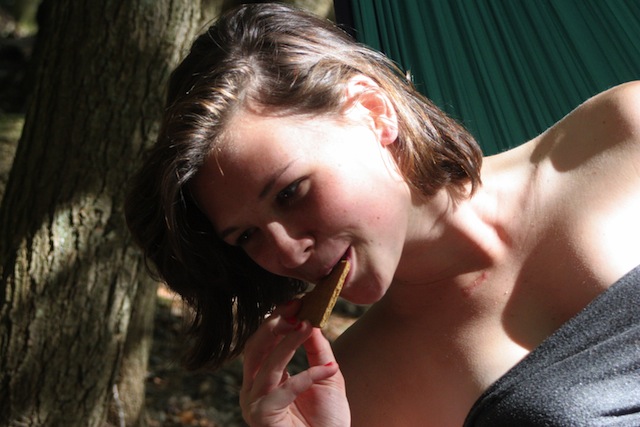
Graham cracker nibbling contests!

Homemade marshmallow taffy!
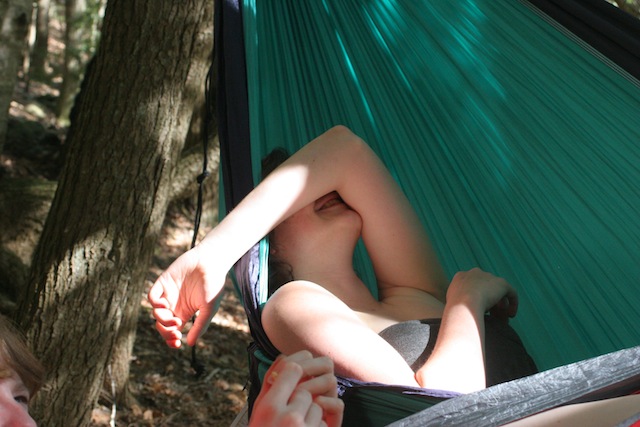
General giggling!
We soaked up the sun and enjoyed the beautiful day in our hammocks. There may or may not have been a nap or two.
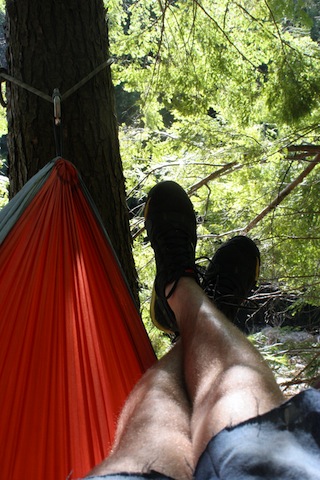
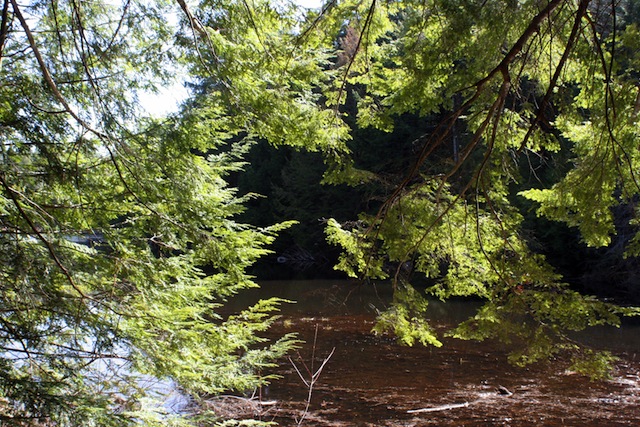
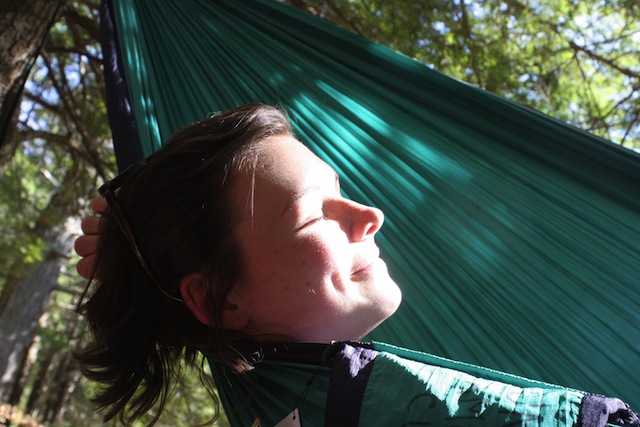
While we were laying there, I couldn’t help but think about how pristine and beautiful the State Park was all around me. A big part of what keeps State Parks and other natural areas so special is the concept of Leave No Trace.
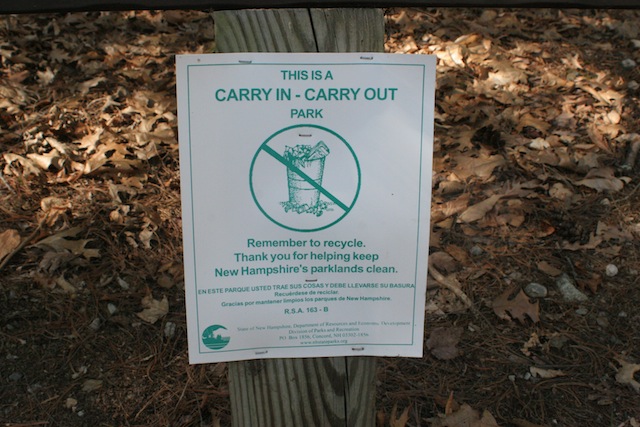
Leave No Trace is not a set of rules; it is a code of environmental ethics and guidelines to consider while spending time outdoors. The seven principles of Leave No Trace (LNT) are as follows:
1. Plan Ahead and Prepare
-Know rules and special environmental concerns of where you will be visiting
-Travel in small groups
-Minimize waste
Travel and Camp on Durable Surfaces
-When possible, camp at established sites, gravel, rock, dry grasses, or snow
-Camp at least 200 feet from bodies of water to protect fragile habitat
-Keep campsites small
Properly Dispose of Waste
-Pack in, pack out all food and toilet paper
-Bury solid human waste in holes that are at least 6-8 inches deep and at least 200 feet from water, trails, and camp
Use biodegradable soap and scatter strained dishwater
Leave What You Find
-Take nothing but photos, leave nothing but footprints
-Avoid introducing/transporting non-native species.
Minimize Campfire Impacts
-Use established fire rings when possible
-Keep fires small
-Burn all wood to ash, make sure fires are completely out, then scatter cool ashes
Respect Wildlife
-Always observe animals from a distance
-NEVER feed animals
-Store food securely
-Control pets at all times
Be Considerate of Other Visitors
-Be courteous
-Avoid loud voices
-Share the trail
Keeping Number 3 in mind, Greg, Molly, and I made sure to pick up our trash (and some other trash we found, as well!)


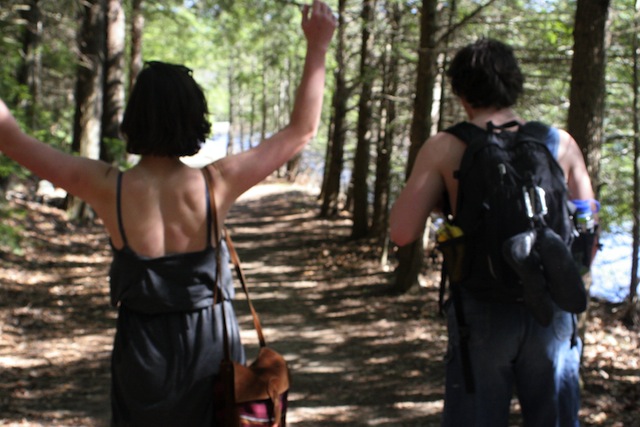
We headed back to school refreshed and at one with nature. Have you practiced LNT while hiking before?
